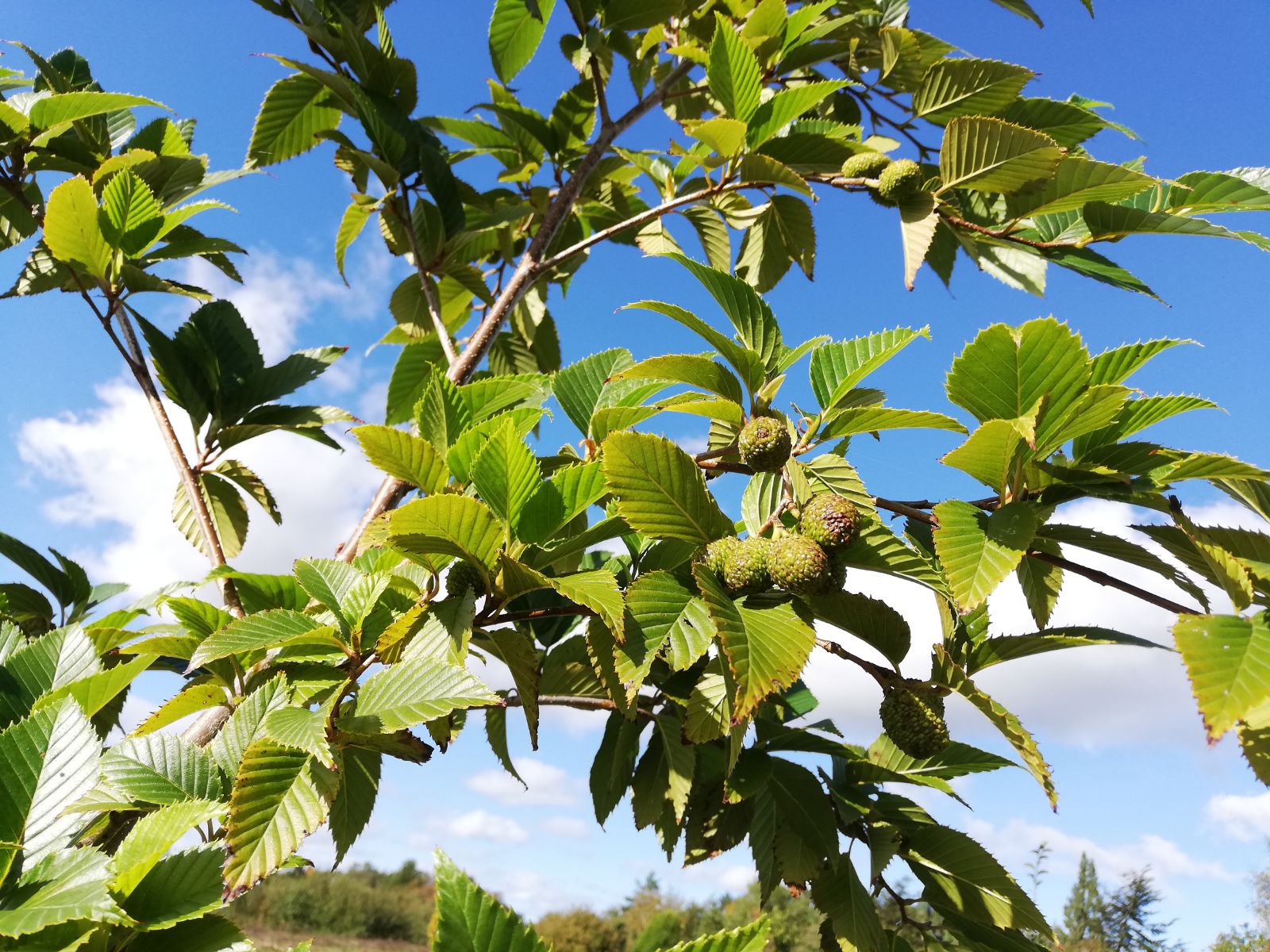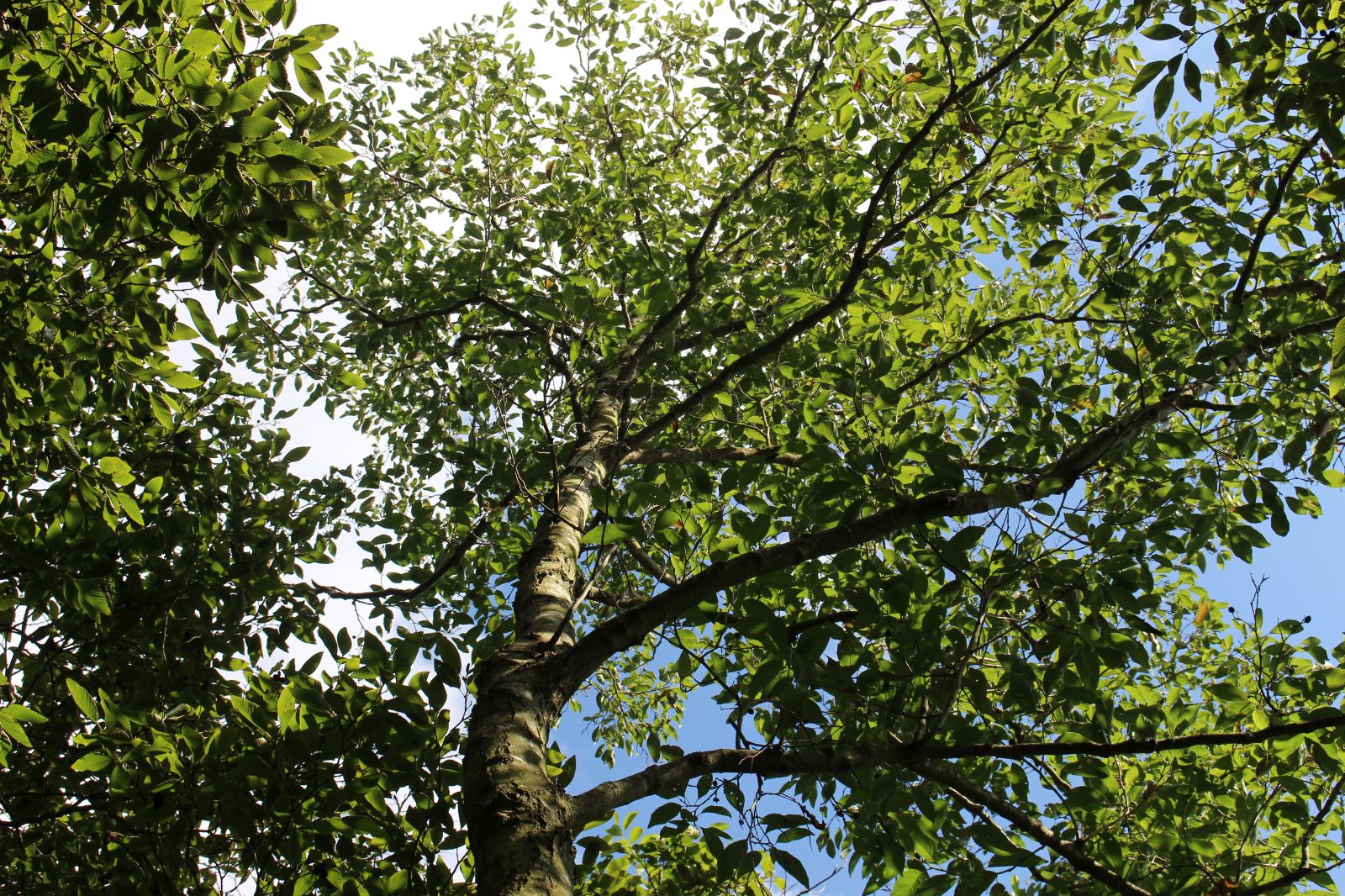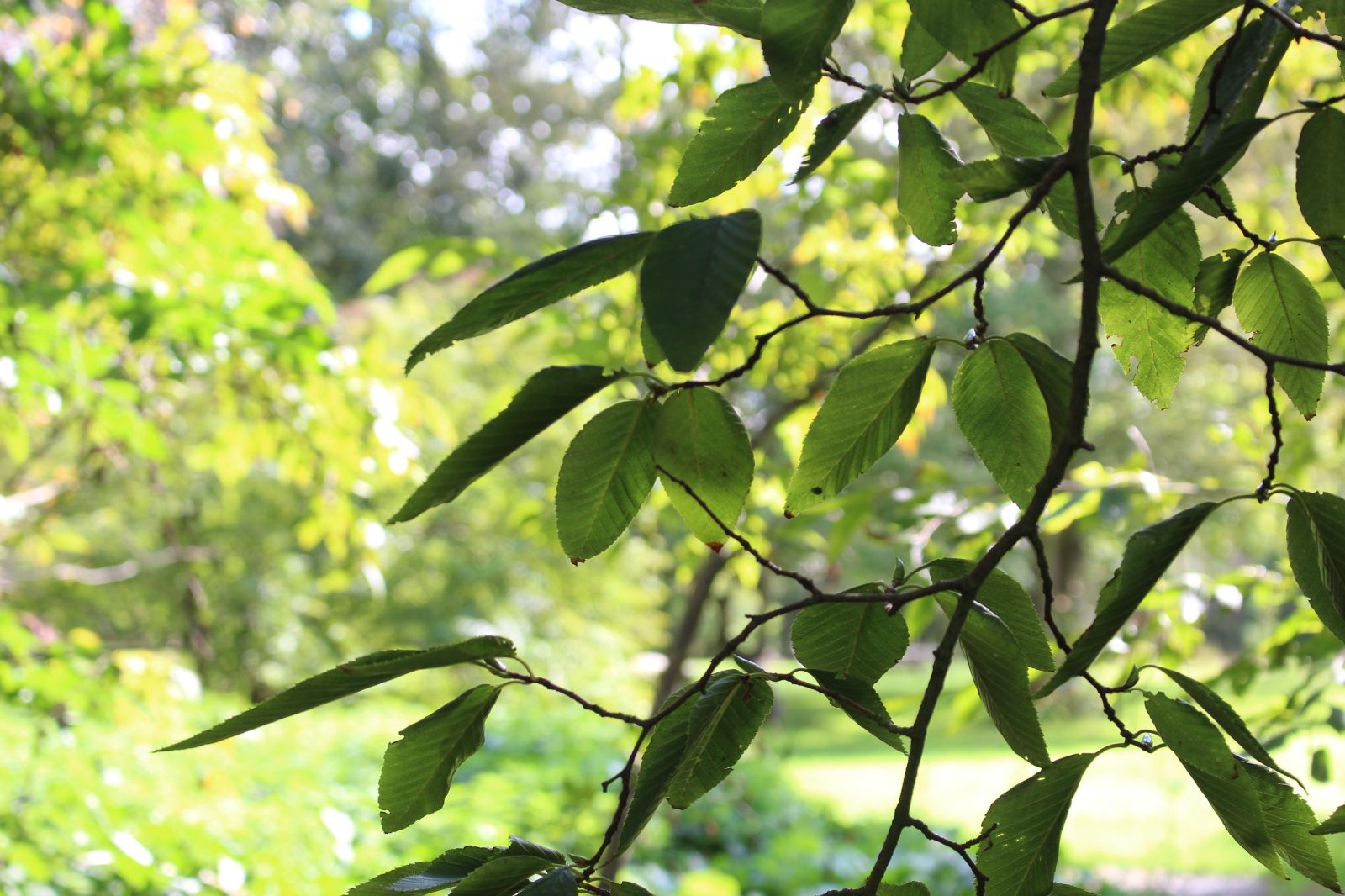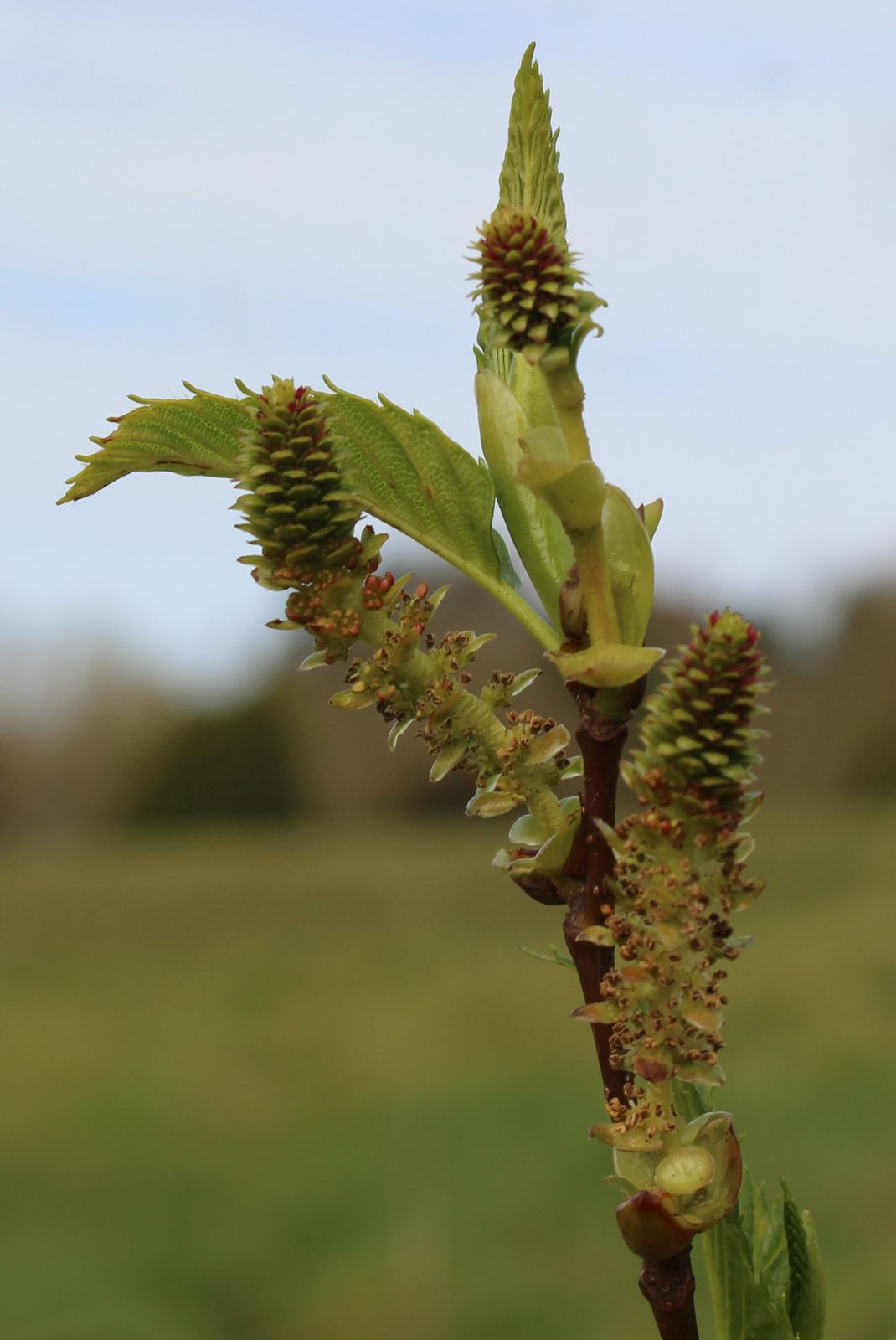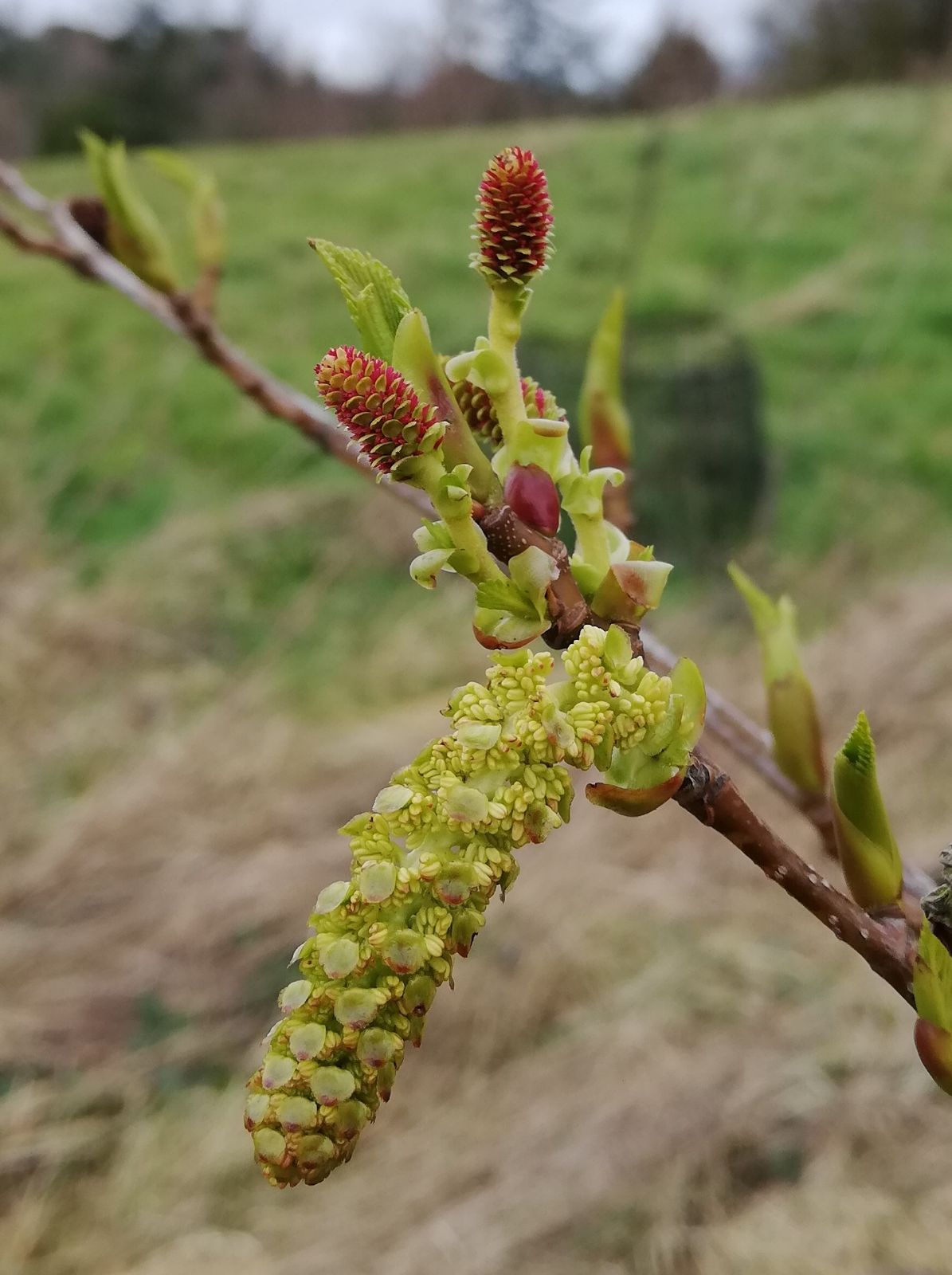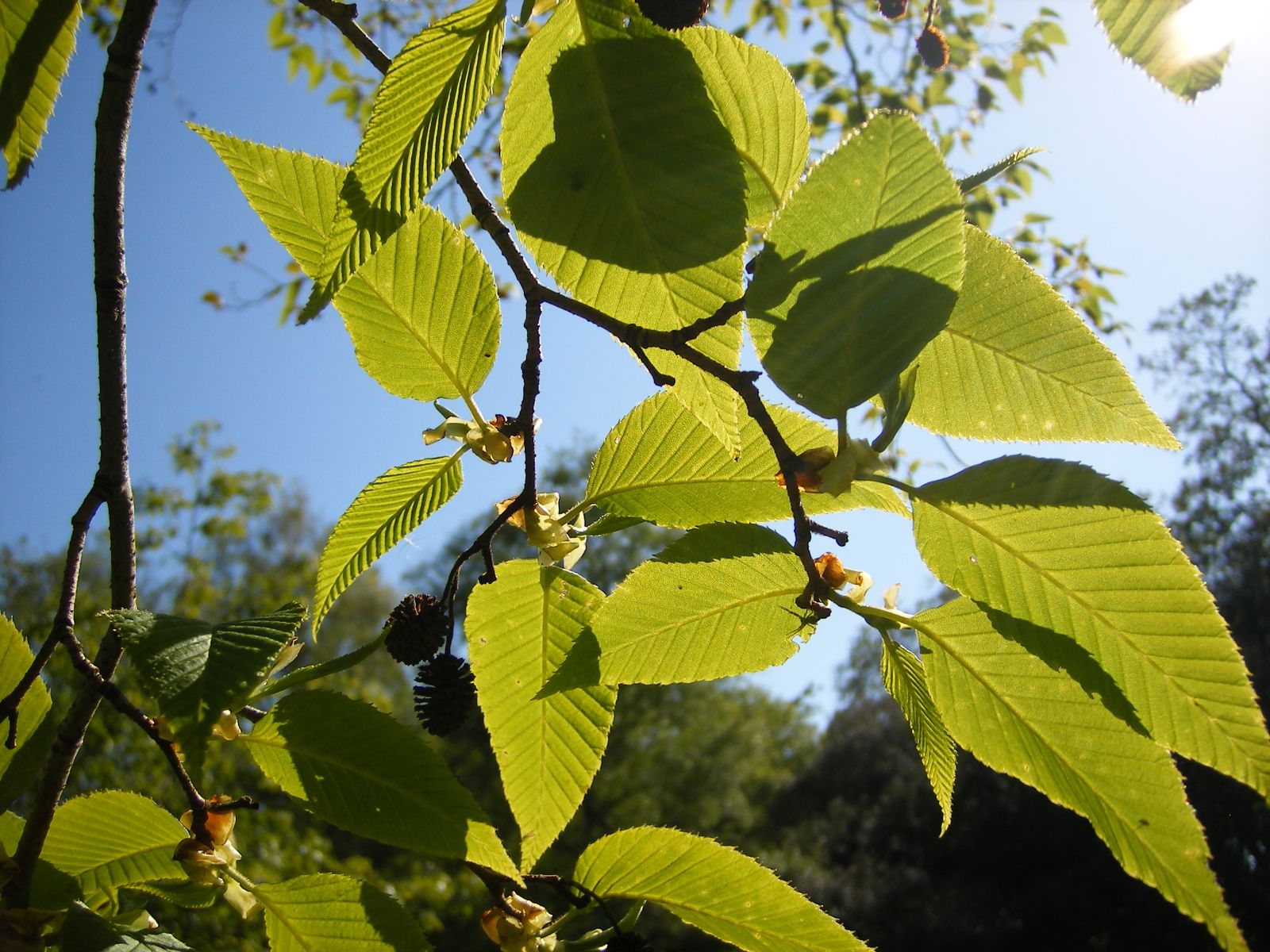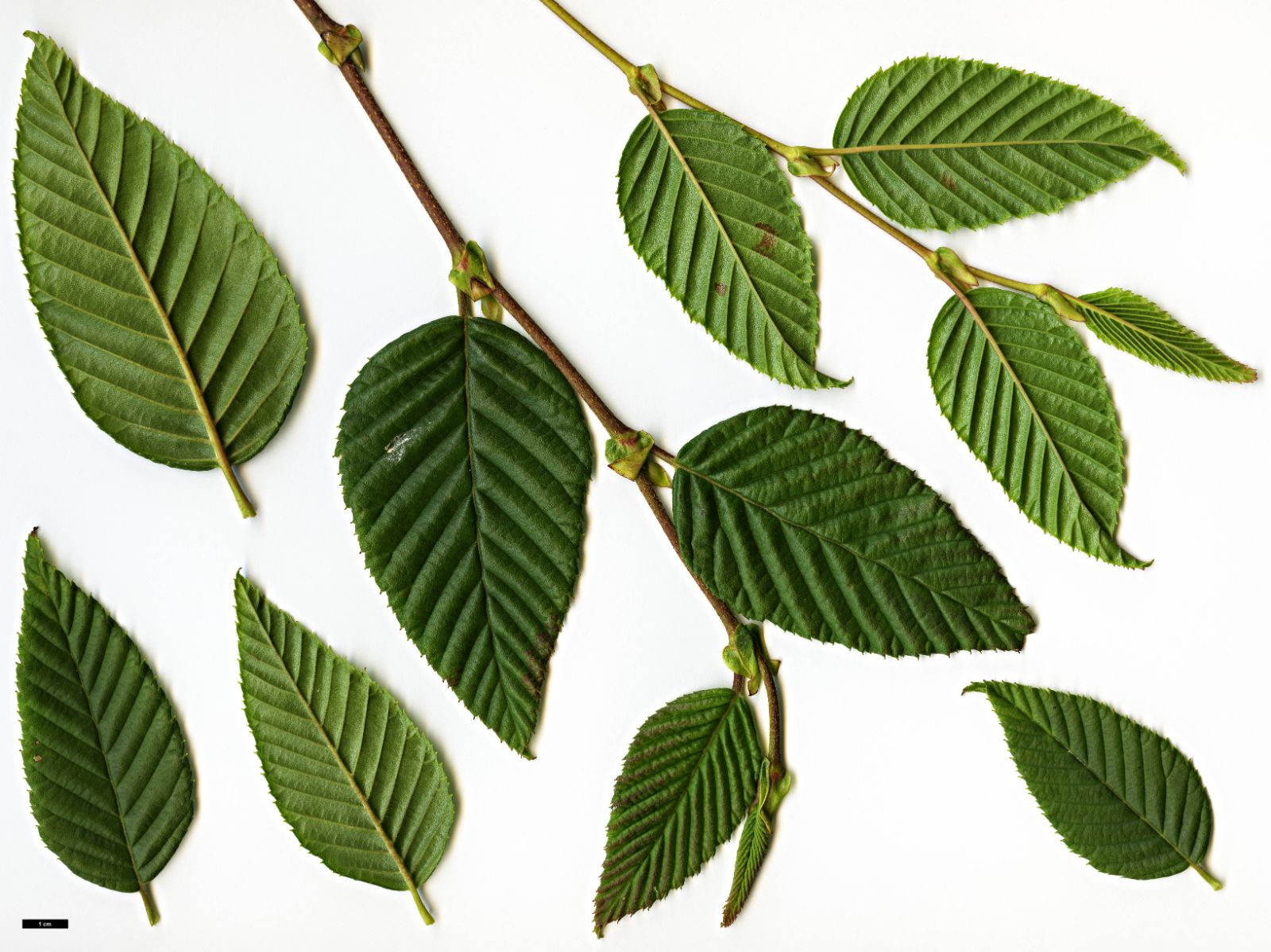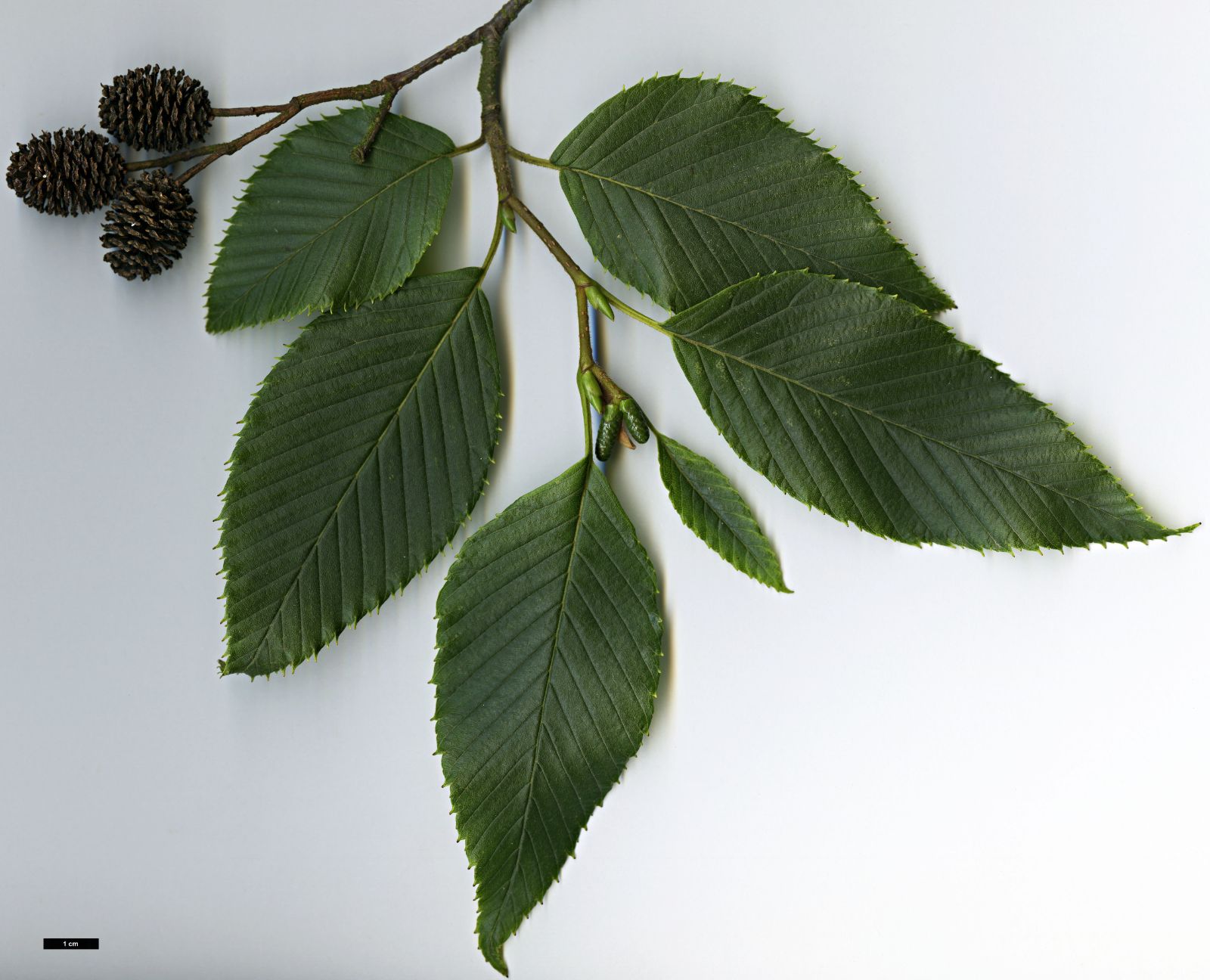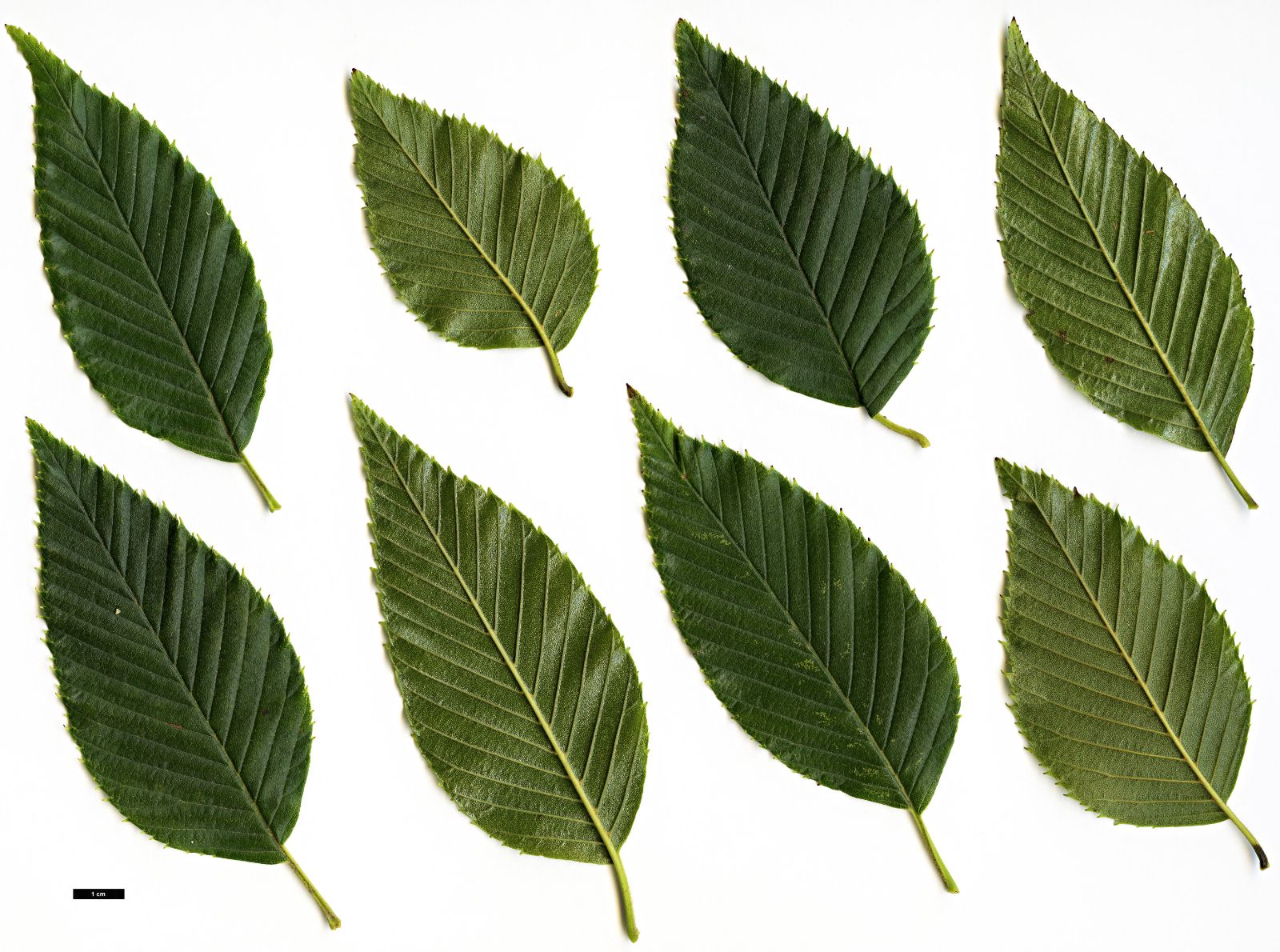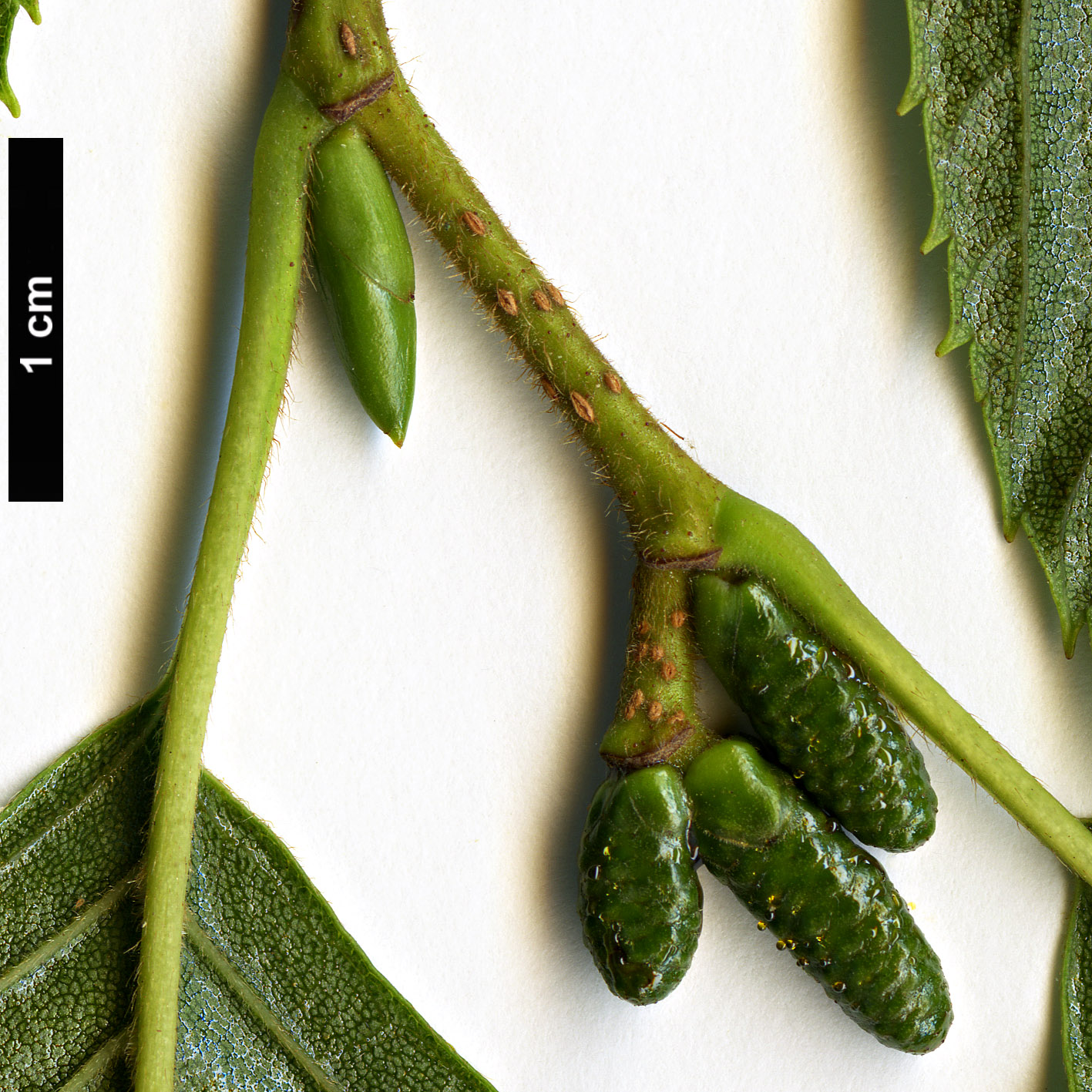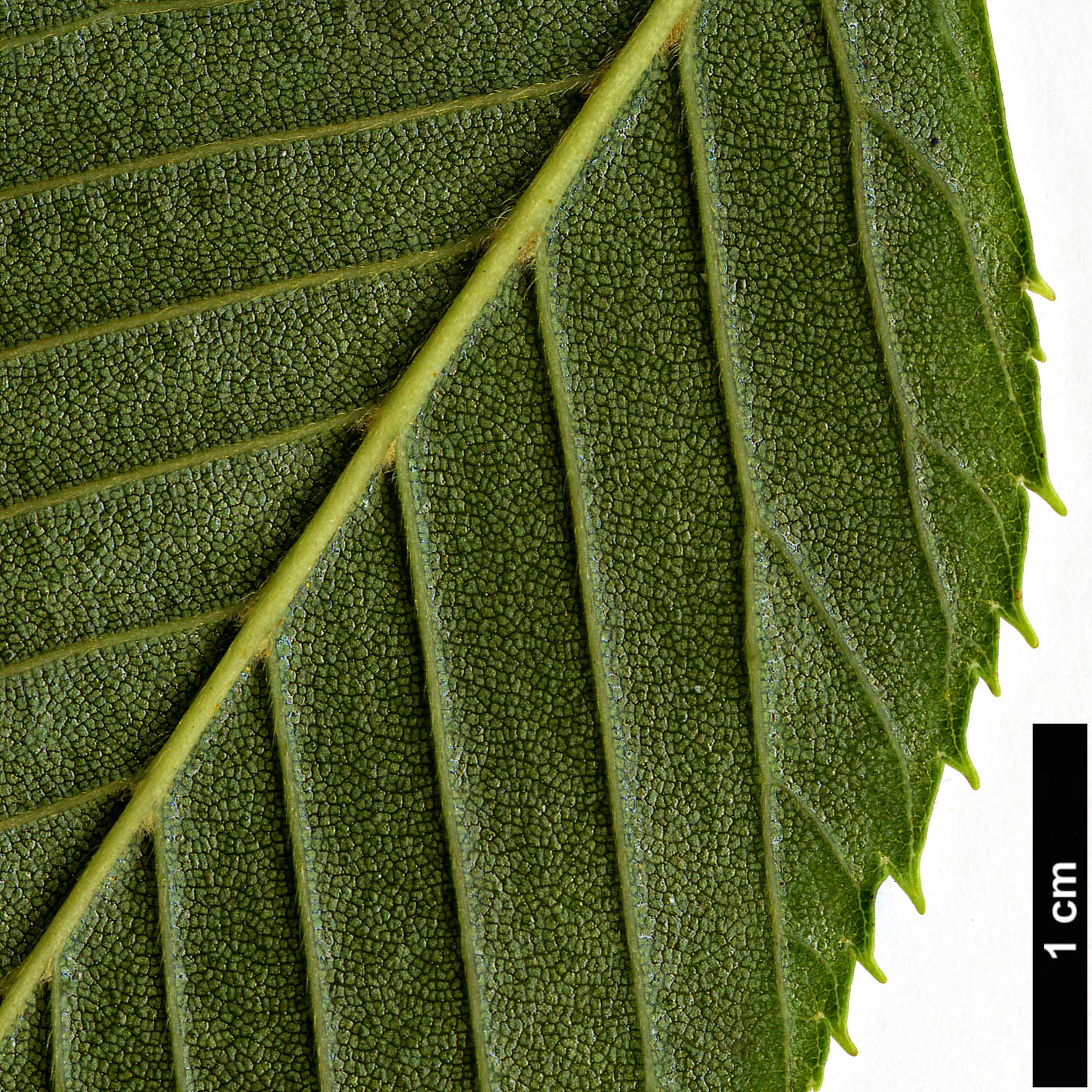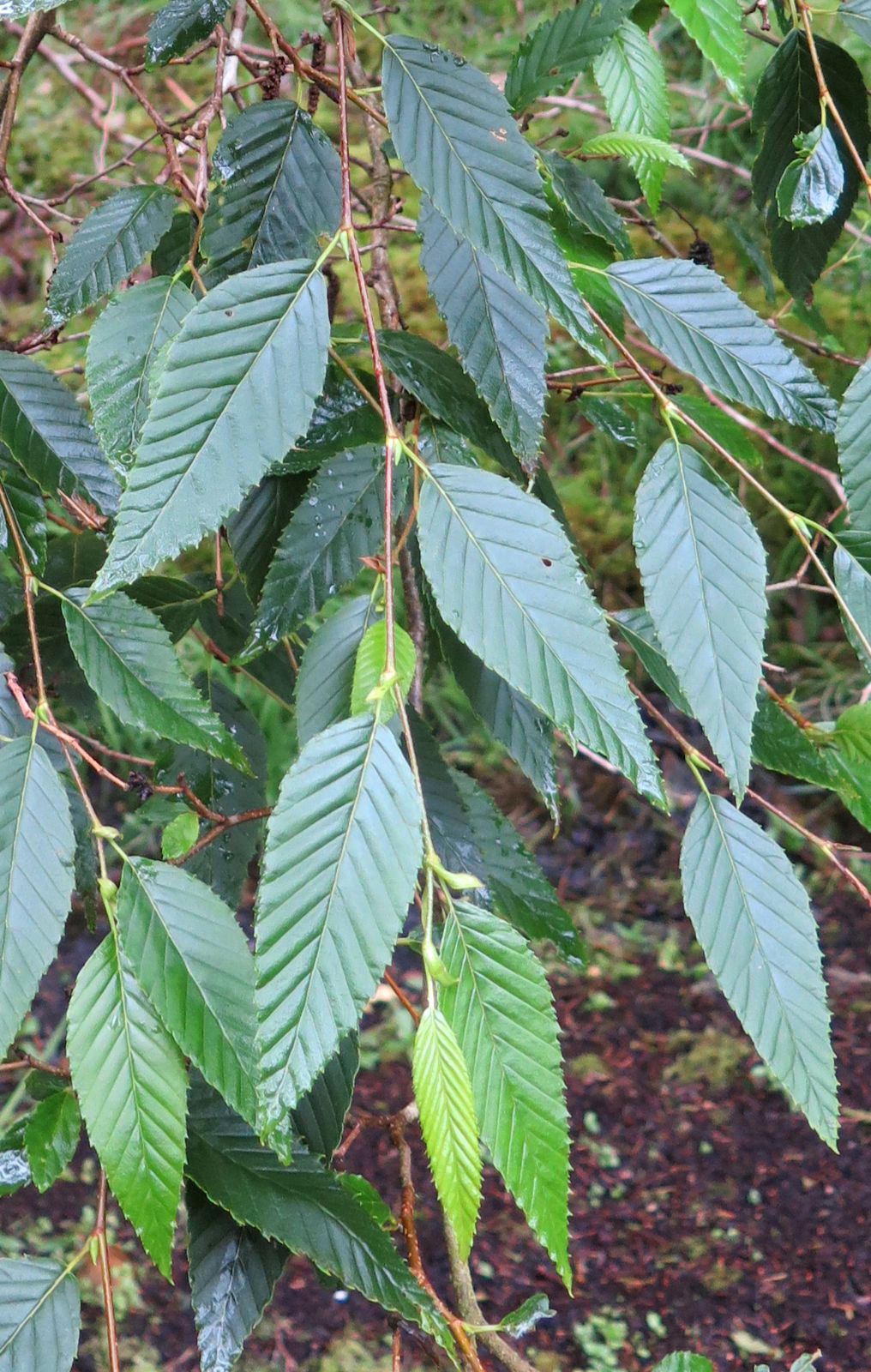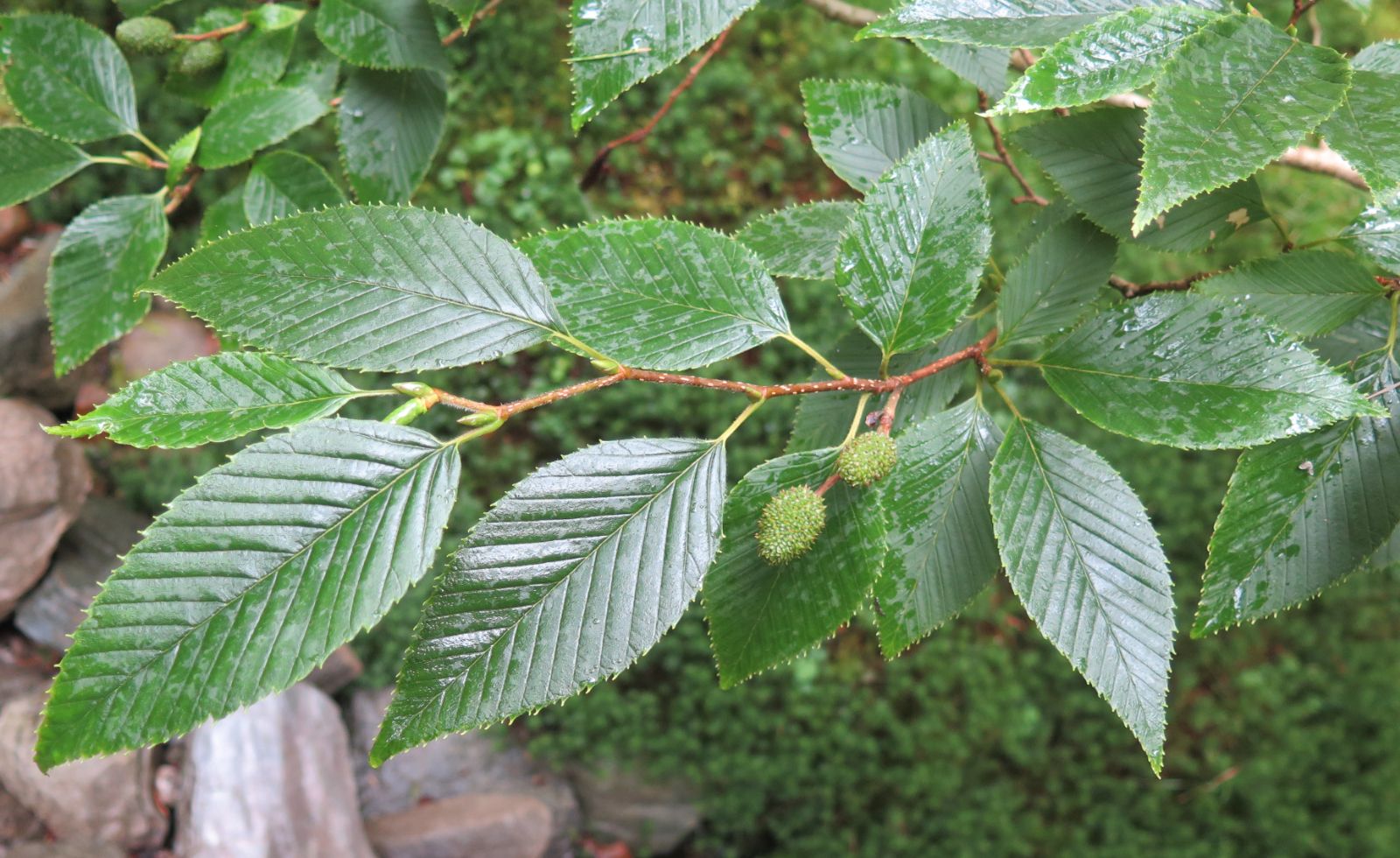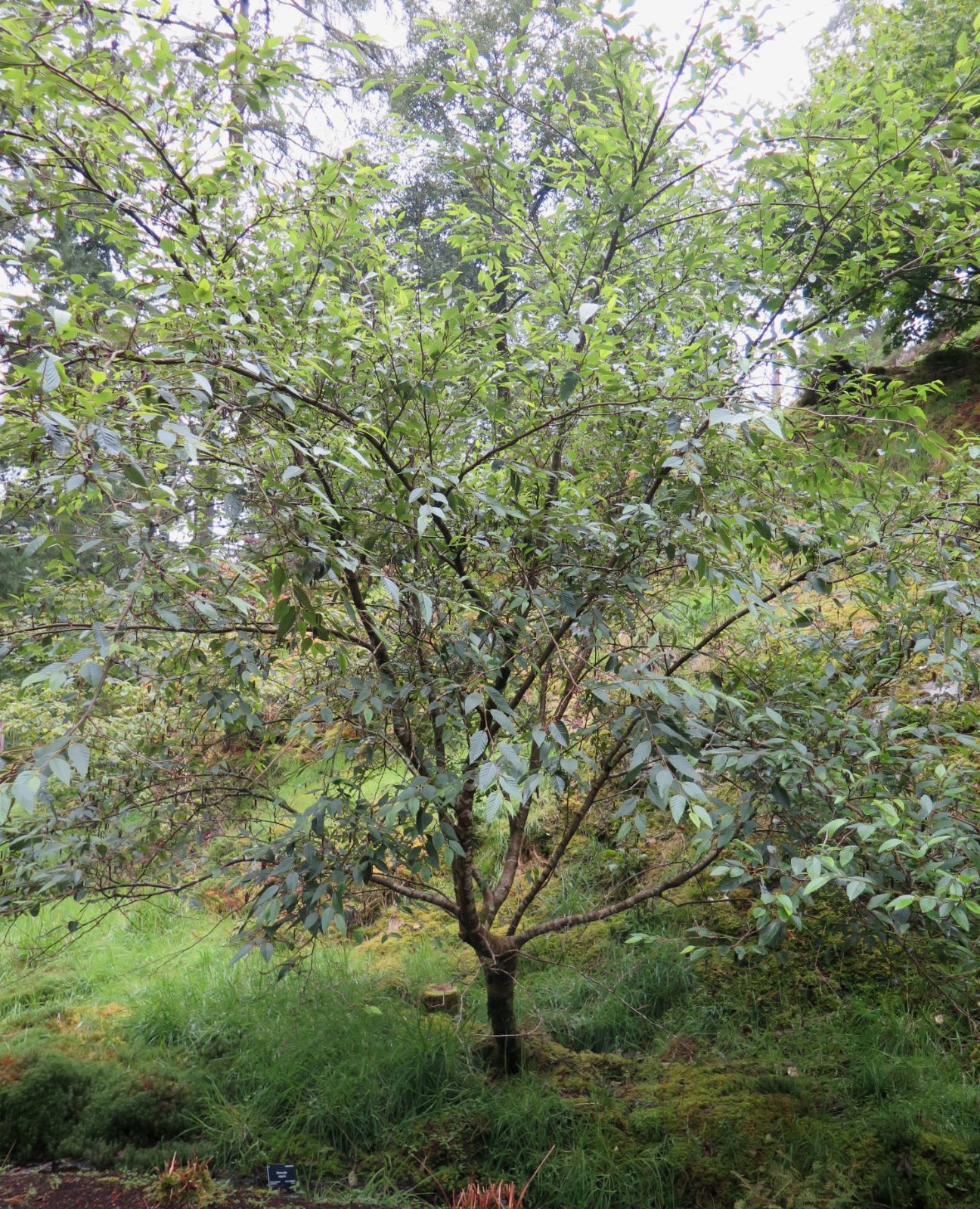Alnus firma
Sponsor
Kindly sponsored by
a member of the International Dendrology Society
Credits
Tim Baxter & Hugh A. McAllister (2024)
Recommended citation
Baxter, T. & McAllister, H.A. (2024), 'Alnus firma' from the website Trees and Shrubs Online (treesandshrubsonline.
Genus
- Alnus
- Subgen. Alnobetula, Sect. Bifurcatus
Common Names
- Yashabushi
Synonyms
- Alnus firma var. yasha (Matsum.) Winkler
- Alnaster firmus (Siebold & Zucc.) Murai
- Alnus hirtella (Franch. & Sav.) Koidz.
- Alnus yasha Matsum.
- Duschekia firma (Siebold & Zucc.) Pouzar
Other taxa in genus
- Alnus acuminata
- Alnus alnobetula
- Alnus betulifolia
- Alnus cordata
- Alnus cremastogyne
- Alnus djavanshirii
- Alnus dolichocarpa
- Alnus × elliptica
- Alnus × fallacina
- Alnus fauriei
- Alnus ferdinandi-coburgii
- Alnus formosana
- Alnus glutinosa
- Alnus hirsuta
- Alnus incana
- Alnus inokumae
- Alnus japonica
- Alnus jorullensis
- Alnus lanata
- Alnus lusitanica
- Alnus maritima
- Alnus matsumurae
- Alnus × mayrii
- Alnus nepalensis
- Alnus nitida
- Alnus oblongifolia
- Alnus orientalis
- Alnus pendula
- Alnus rhombifolia
- Alnus rohlenae
- Alnus rubra
- Alnus serrulata
- Alnus serrulatoides
- Alnus sieboldiana
- Alnus 'Sipkes'
- Alnus × spaethii
- Alnus subcordata
- Alnus trabeculosa
Small upright or spreading tree or large shrub to 10 m tall, of graceful habit. Branches silvery grey-brown; branchlets often puberulent when young. Buds green, conical, often slightly sticky, with 3–6 imbricate bud scales. Leaves plicate in bud. Leaves leathery, glossy, ovate to ovate-lanceolate, 5–10 × 2.5–5 cm, gradually acuminate at apex, base broadly cuneate to rounded, teeth fine, evenly serrate, mucronate with mucro between, adaxially sparsely puberulent, abaxially sparsely pubescent on veins, craspedodromous with 9–17 strongly indented lateral veins either side of midrib, petiole 7–20 mm, pubescent. Stipules triangular, 12–18 × 3–5 mm. Staminate inflorescence 1–3, terminal or axilliary, in bud green, glossy and sticky, 10–18 mm, at anthesis 40–70 mm. Pistillate inflorescences 1–7, below males and on side branches lower on twigs, peduncles pubescent, 5–15 mm, mature aments ovoid-elliptic. Fruit sticky, ovoid-elliptic, 1.8–2.2 × 1.2–1.6 mm, bracts with four acute lobes, terminal with broad short recurved awl-like projection, 4–5 mm. Seeds elliptic with two broad forward pointing wings, 1–2.5 mm. Flowering March–April. (Iwatsuki, Boufford & Ohba 2006; T. Baxter, pers. obs.).
Distribution Japan Honshu, Kyushu, Yakushima South Korea (introduced)
Habitat Woodland in mountainous areas.
USDA Hardiness Zone 6-7
RHS Hardiness Rating H7
Conservation status Data deficient (DD)
Alnus firma belongs to a distinct Section within Subgenus Alnobetula, Section Bifurcatus (Murai 1964), which is identified by higher leaf vein number, ovate-lanceolate glossy leaves, and fruit scales having more recurved apices than other members of Subgenus Alnobetula. In the current treatment this Section includes A. firma, A. sieboldiana, A. pendula and A. betulifolia (see below). These taxa have been variously treated as distinct species or as varieties of one another, and more work is needed to present a stable taxonomy. A. pendula is the most distinct in the group but often misidentified.
A. firma is distinguished as being a small tree or upright shrub with ovate to ovate-lanceolate leaves with 9–17 veins either side of midrib, and fruit 18–22 mm long and typically held in erect pairs (but can be in groups of 1–6). It is a species of high mountains in Japan. It is readily distinguished from A. pendula as this has ovate leaves with 18–27 vein pairs, smaller female inflorescences and fruit held in pendulous racemes. A. firma (tetraploid or octoploid – Rice et al. 2015), is morphologically most easily confused with A. sieboldiana, but that species occurs in lowland areas, has larger fruit held singly (rarely in groups), and is hexaploid (Rice et al. 2015; Oginuma et al. 2000).
There is an unresolved question regarding diversity within A. firma. There appear to exist two rather distinct, disjunct entities within the species. These are currently ascribed to two varieties, the glossy-leaved and glabrous var. firma is found only in the mountains of Kyushu (easily mistaken for A. sieboldiana), and the var. hirtella with matt, pubescent leaves, found in the mountains of northern Honshu. These vegetative differences appear to be the only recorded distinctions, but floral positions would be worth investigating, especially in line with the recently described A. betulifolia. There is no data to suggest this distinction is linked to ploidy level. The relationship between these entities and A. sieboldiana remains unclear. The main morphological distinctions are the hairiness of twigs and number of fruit, in which there is overlap and confusion; for example A. sieboldiana KFBX 125 has fruit in clusters of 1–8. Ploidy level appears to distinguish the taxa, but they could also be thought of as ecological types within a much broader species which would include all entities, from coastal A. sieboldiana to mountainous var. hirtella, with var. firma intermediate.
Introduced to western cultivation in 1892 (Jacobson 1996) A. firma has proven itself a versatile and attractive species, nevertheless it remains far rarer than it deserves to be. It grows into a large upright shrub or small tree to 10 m (rarely to 15 m) in height, usually developing a narrow, graceful habit, often somewhat pendulous with highly attractive, glossy to somewhat matt ovate leaves with conspicuous fine venation that is pleated when the leaves emerge. It grows best in full sun or dappled shade in wetter soils but will tolerate some drought. A. firma is also attractive in flower, although the yellow-green male catkins are not as showy as those of A. sieboldiana, being thinner, shorter and less abundant. It is relatively fast-growing and is best propagated from seed or softwood cuttings under mist or in a hot pipe system. Plants should take 5–10 years to flower from seed. It is highly resistant to Alder Leaf Beetle. Notable specimens exist in several UK collections, for example at Hollycombe, West Sussex (14.5 m in 2018), Sheffield Park, East Sussex (12 m in 2012), Stone Lane Gardens, Devon (11 m in 2017) and at the Royal Botanic Garden Edinburgh (10 m in 2004 but since lost) (Tree Register 2021). A collection at Ness (TM 11128) has grown into polygamous form, with one plant monoecious, and the other two with hermaphrodite flowers which produce viable seed (T. Baxter pers. obs.). Jacobson (1996) calls it ‘exceedingly rare’ in North America, but recent introductions by the RBG Edinburgh, Howick, Quarryhill and Polly Hill expeditions of 2005 and 2007 (BBJMT and BCJMM), which between them targeted a broad range of Japanese alders, have gone some way to addressing this.

